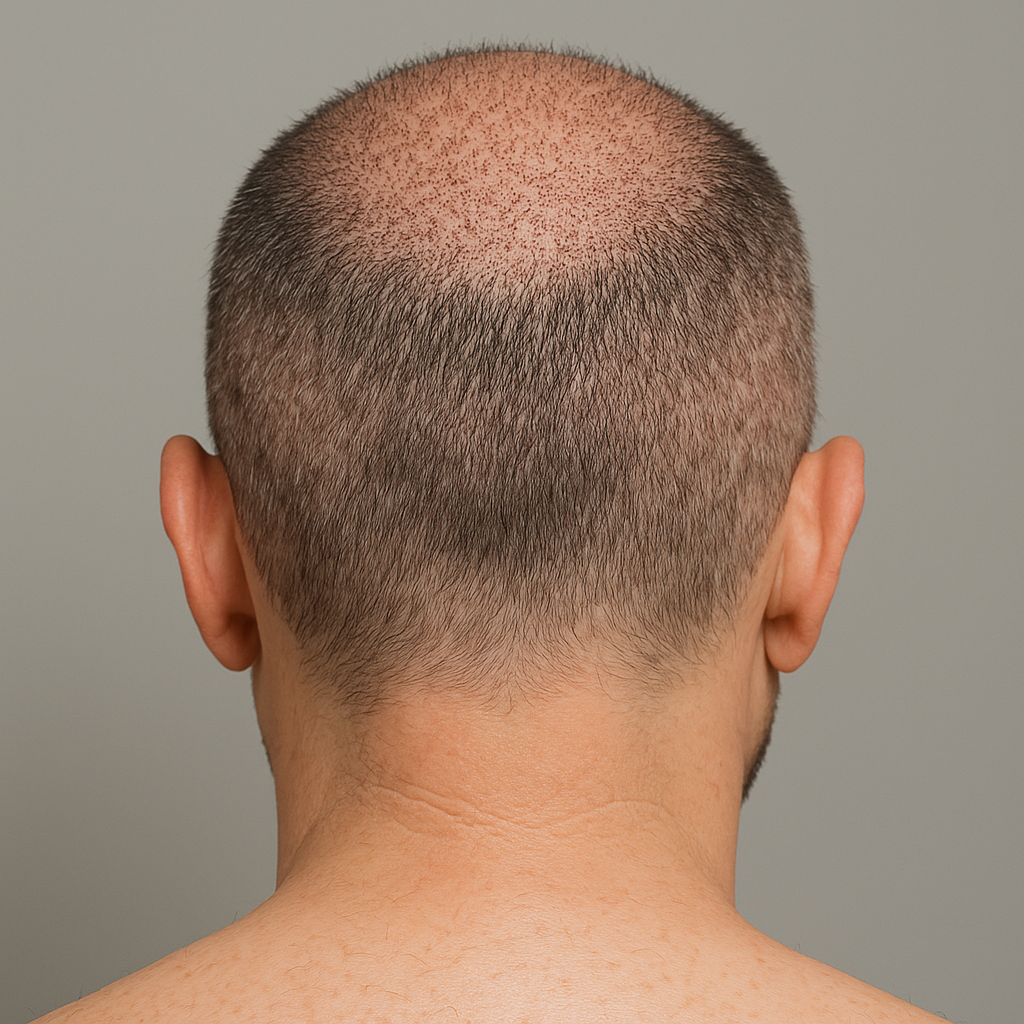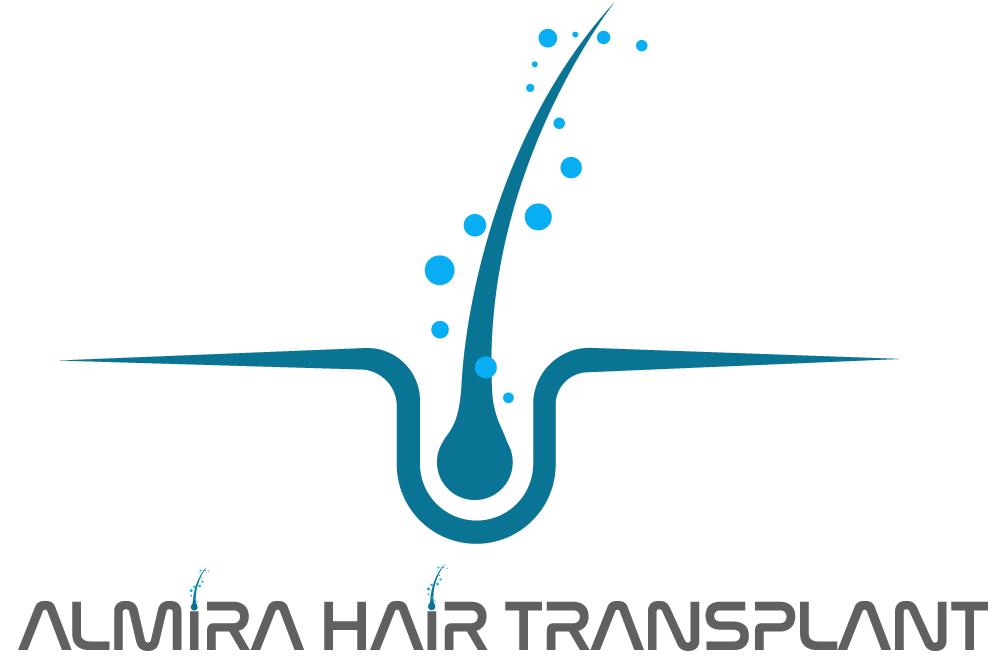Second Hair Transplant Session: When Is It Necessary?

Second Hair Transplant Session: When Is It Necessary?
Hair transplantation offers a permanent and natural solution for individuals experiencing hair loss. However, each person’s hair structure, degree of baldness, and healing process are unique. For this reason, in some cases, a second hair transplant session may be required. This second procedure acts as a complement to the first, helping to achieve a denser, more balanced, and aesthetically pleasing result. But under what circumstances does a second session become necessary, and who should consider it?
1. Extensive Baldness
For individuals with advanced hair loss, especially those at Norwood stages 5–7, it may not be possible to cover the entire area in a single session.
-
The number of grafts may exceed what can be transplanted in one procedure.
-
Typically, the frontal and mid-scalp areas are treated first, while the crown (vertex) is addressed in the second session.
-
This ensures a more natural and even distribution of hair.
2. Insufficient Graft Availability
The donor area (usually the back of the head) varies in density from person to person. If the donor supply is limited, the first session may not provide the desired density.
-
Over time, as the donor area recovers, or by using alternative sources such as beard or body hair, a second session can be performed.
-
This increases hair density and creates a fuller appearance.
3. Higher Aesthetic and Density Expectations
Some patients find the first session results natural but still wish for greater thickness and refinement. This is especially true for:
-
Those who want a denser hairline
-
People who plan to style their hair in versatile ways
-
Individuals in professions with high visual exposure, such as performers or public figures
In such cases, a second session is more about meeting personal expectations than medical necessity.
4. Continued Hair Loss Over Time
Hair transplants use genetically permanent follicles, meaning the transplanted hairs last a lifetime. However, the patient’s native hair may continue to thin or fall out over time.
-
In such cases, the transplanted area remains intact, but gaps may appear around it.
-
A second session may then be required to restore overall balance.
This situation is especially common among younger patients who undergo transplantation early.
5. Hairline Revision
In some cases, the initial hairline may not fully suit the patient’s facial proportions, or the person may later desire a more natural look.
-
A second session can adjust and refine the hairline.
-
Softer and more natural transitions can be created.
-
This is particularly relevant for patients with high aesthetic concerns.
6. Donor Area Recovery Over Time
Sometimes, the donor area cannot be maximized during the first session. With proper healing, it may regenerate and strengthen.
-
This allows more grafts to be harvested in the second session.
-
Areas that were left thinner in the first session can then be completed.
When Should the Second Session Be Done?
In general, it is recommended to wait at least 12 months before undergoing a second hair transplant. This allows for:
-
Full growth and maturation of the transplanted hair
-
Natural density and direction of growth to settle
-
Recovery and regeneration of the donor area
In some cases, this waiting period may extend to 18 months.
Conclusion
A second hair transplant session is not necessary for every patient. However, it may be recommended for those with extensive baldness, higher density expectations, ongoing hair loss, or a desire for hairline revision. With proper planning, the second session serves as an important step to complement the first procedure and achieve a more refined aesthetic outcome.
Ultimately, whether or not a second transplant is required depends on personal needs, donor capacity, and aesthetic goals. With a thorough evaluation by an experienced surgeon, the process can be tailored to provide the best possible result.


